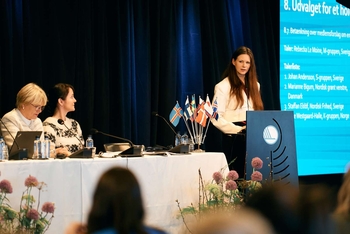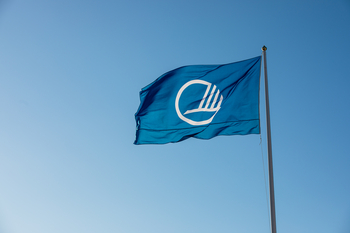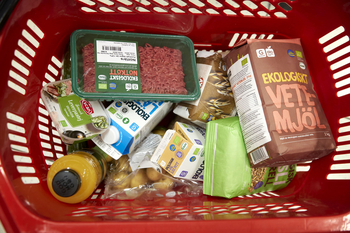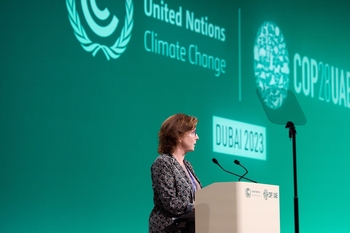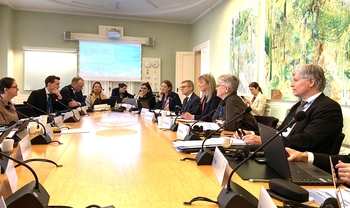Difficulties of preventing the export of electronic waste
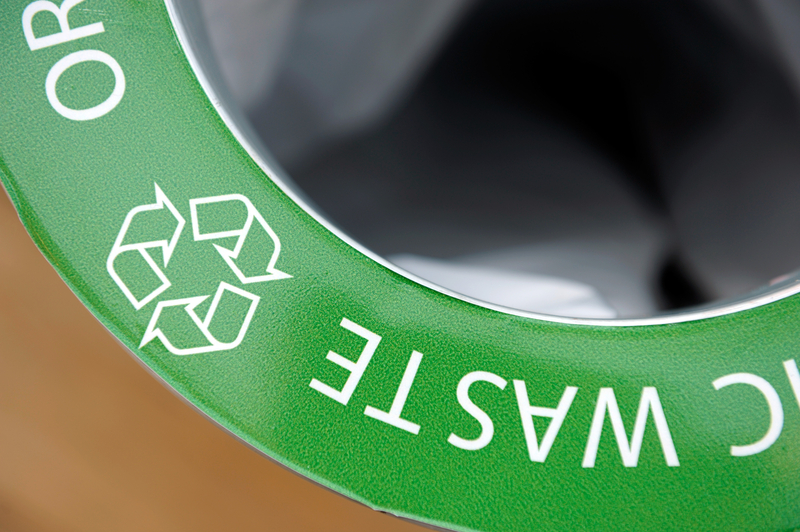
One estimate puts Nordic exports of used EEE for recycling at 50,000–100,000 tonnes p.a., a proportion of which is actually “waste of electric and electronic equipment” (WEEE) disguised as EEE.
A new report by the Nordic Council of Ministers’ Nordic Waste Group (NWG) looks at measures to prevent the export of used EEE that is approaching the waste stage and presents major environmental challenges to the recipient countries.
“Waste regulation includes a number of effective levers to prevent the export of waste electrical and electronic equipment to developing countries. The problem is that these measures only kick in when there is at least good reason to suspect that a shipment of used electrical and electronic equipment is actually waste,” says one of the authors of the report, the lawyer Jacob Brandt of Bech-Bruun.
Study of the legal options
In the report, Brandt and fellow lawyer Jacob Schall Holberg, also of Bech-Bruun, outline the legal scope for restrictions on the export of certain types of WEEE, e.g. based on the volume of harmful substances, high energy consumption or limited market value.
They looked at whether current environmental and trade regulation provides any such legal scope, paying particular attention to trade regulation in the EU inner market and the WTO rules that govern international trade at global level.
The report found that current waste regulation leaves little scope for this type of intervention and it would be difficult to introduce restrictions under trade regulations without coming into conflict with the EU inner market and the WTO rules.
